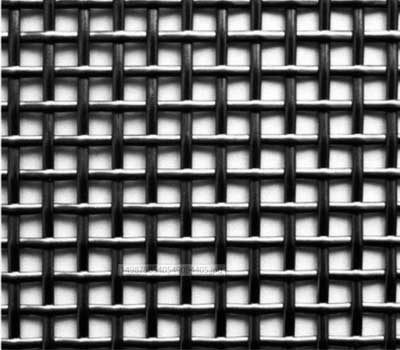1. Common types of architectural screen mesh
• Woven wire mesh - woven by wire, wire and strand.• Stretched stencil - made of metal sheet as raw material through mechanical slitting, stretching and equalizing process.
• Welded wire mesh - welded by metal wire by special method.
The specific forms of metal mesh materials vary widely, and can be selected according to the process and design intention of different processors. The metal raw materials used for the metal mesh material include various steel plates such as steel, stainless steel, copper, aluminum, and galvanized sheets, and metal wires, and may be subjected to coloring treatment such as spraying after processing.

2. The application of screen mesh in architectural
| The genius French architect Dominique Perrault pioneered the creative introduction of this mesh metal materialinto the architectural finishes. He was designed and built by the National Library of France from 1989 to 1995 and was designed and built in 1992-1999. The German Olympic Cycling and Swimming Pools pioneered the application of large-scale wire mesh applications. |  |
 |
||
The wire mesh curtain wall of the Sony Center in Berlin is mainly used as a decorative material. |
The metal mesh curtain wall of Shanghai FI Circuit under the sun shines, is light, far from seeing, and close to see. |
Metal woven mesh at London Gay Hospital |
 |
||
The stretched metal mesh curtain wall of the D4 department building of the Vienna University of Economics and Business (WU) in Austria is light-transparent and has a certain perspective effect. The overall covered metal mesh will be blank and solid, and the architectural form will be more pure. At the same time, it will form a see-through effect, which is simple and rich. Architect: Carme Pinós, Spain |
The façade of the parking lot of the Milan Convention and Exhibition Center in Italy is covered with wire mesh, which is transparent, transparent and see-through. |
Dutch Building Association Headquarters Building in Rotterdam, The Netherlands Architect Jo Coenen Stretched stencil overlaid at the entrance of the building |


Leave a Comment